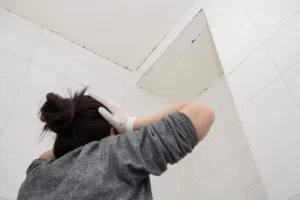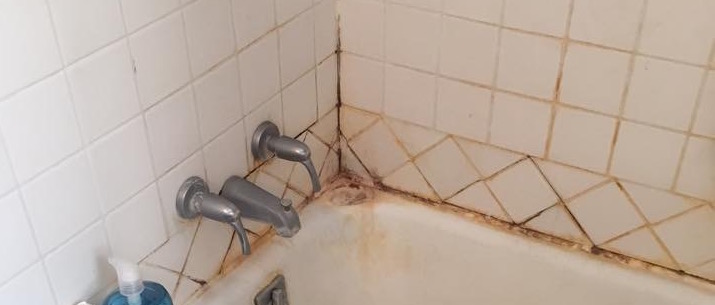Mold and mildew are common problems in bathrooms, especially on shower tiles where moisture and humidity create the perfect environment for their growth. Left unchecked, mold and mildew not only make your bathroom look unappealing but can also contribute to health issues such as allergies and respiratory problems. Preventing mold and mildew requires a combination of regular cleaning, proper ventilation, and effective moisture control. By following a few simple practices, you can keep your shower tiles fresh, clean, and free from unwanted growth.
Understanding Why Mold and Mildew Form
 Mold and mildew thrive in warm, damp environments. Bathrooms, particularly showers, are constantly exposed to moisture, making them an ideal breeding ground. Poor ventilation, lingering soap scum, and irregular cleaning can accelerate their growth. Since mold spores are naturally present in the air, they settle and multiply quickly on wet surfaces. Recognizing these conditions is the first step in preventing their spread.
Mold and mildew thrive in warm, damp environments. Bathrooms, particularly showers, are constantly exposed to moisture, making them an ideal breeding ground. Poor ventilation, lingering soap scum, and irregular cleaning can accelerate their growth. Since mold spores are naturally present in the air, they settle and multiply quickly on wet surfaces. Recognizing these conditions is the first step in preventing their spread.
Maintaining Proper Ventilation
One of the most effective ways to prevent mold and mildew on shower tiles is by ensuring proper ventilation. Moisture lingers in enclosed spaces, leading to damp surfaces that encourage growth. Keeping a window open or running an exhaust fan during and after showering can significantly reduce humidity levels. If your bathroom lacks a window, consider using a dehumidifier or leaving the door open for better air circulation. Wiping down wet surfaces with a towel or squeegee can also help eliminate excess moisture before it settles into grout lines and corners.
Cleaning Your Shower Regularly
Consistent cleaning is essential to prevent mold and mildew buildup. Soap scum, shampoo residue, and body oils provide a food source for mold, making it crucial to clean tiles frequently. Using a mild cleaner or a homemade solution of vinegar and water can effectively remove buildup without harsh chemicals. Scrubbing the grout lines with a brush ensures that mold does not take root in the porous areas between tiles. In addition, rinsing shower walls after each use can help wash away residue before it has a chance to settle.
Using Mold-Resistant Products
Certain products can help reduce mold and mildew growth in your shower. Mold-resistant grout, sealants, and tiles provide an added layer of protection. Applying a grout sealer every few months helps prevent water absorption, making it more difficult for mold to grow in the small crevices. Additionally, choosing mold-resistant shower curtains and bath mats can help minimize moisture retention in the bathroom.
Controlling Humidity and Moisture
Since mold and mildew thrive in humid conditions, reducing excess moisture is key to prevention. Keeping towels, rugs, and loofahs dry prevents additional sources of dampness. Avoid leaving wet bath products in the shower, as they can trap water and contribute to mold formation. If possible, investing in a humidity monitor can help you keep track of moisture levels, allowing you to take action before mold develops.

Addressing Mold Early
Even with regular cleaning and moisture control, small traces of mold can still appear. It is important to address mold growth as soon as it is detected to prevent it from spreading. A solution of hydrogen peroxide or diluted bleach can effectively kill mold spores. Applying the solution to affected areas, allowing it to sit for a few minutes, and scrubbing thoroughly can help eliminate mold before it becomes a larger problem. In cases of severe mold infestations, professional cleaning services may be necessary.